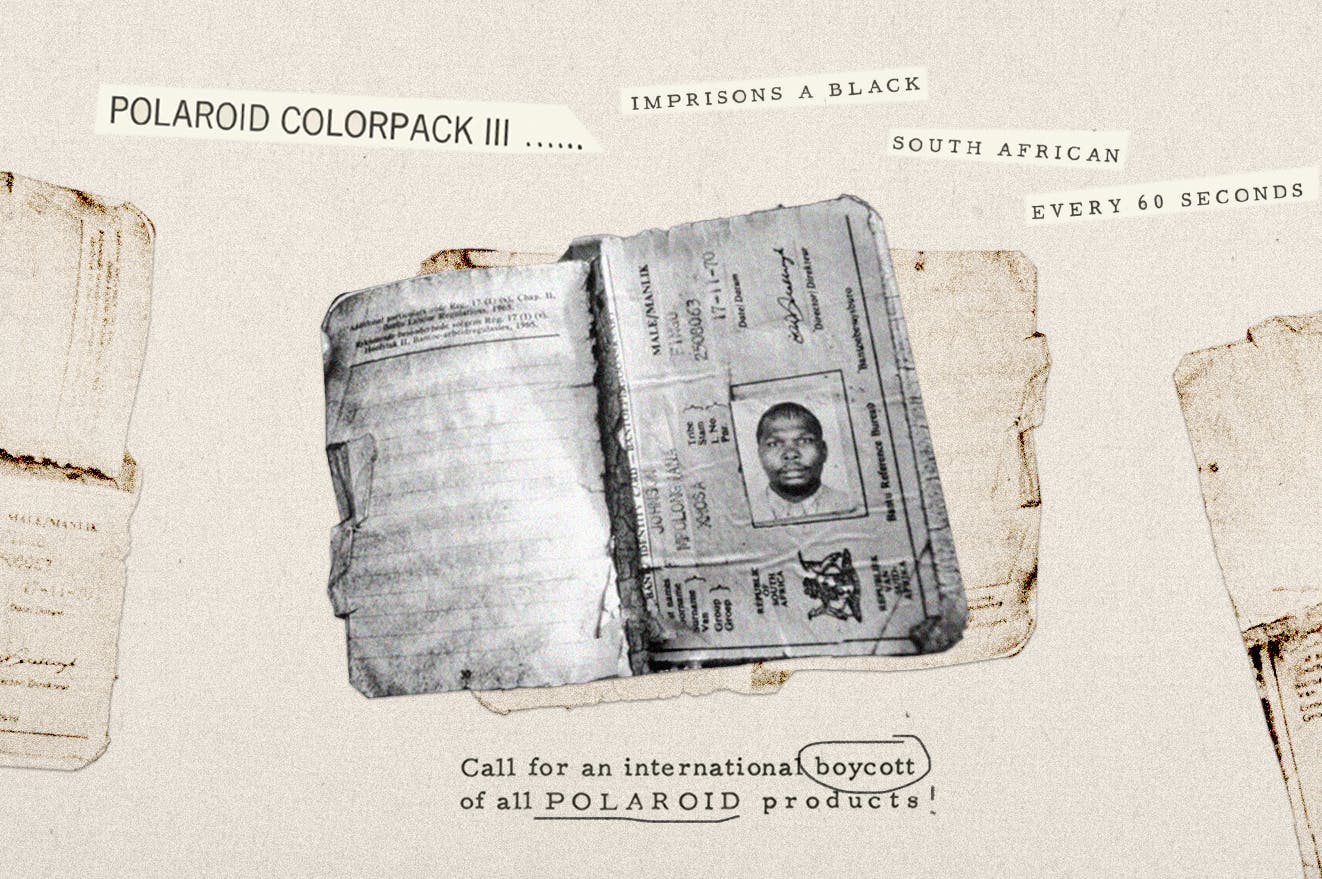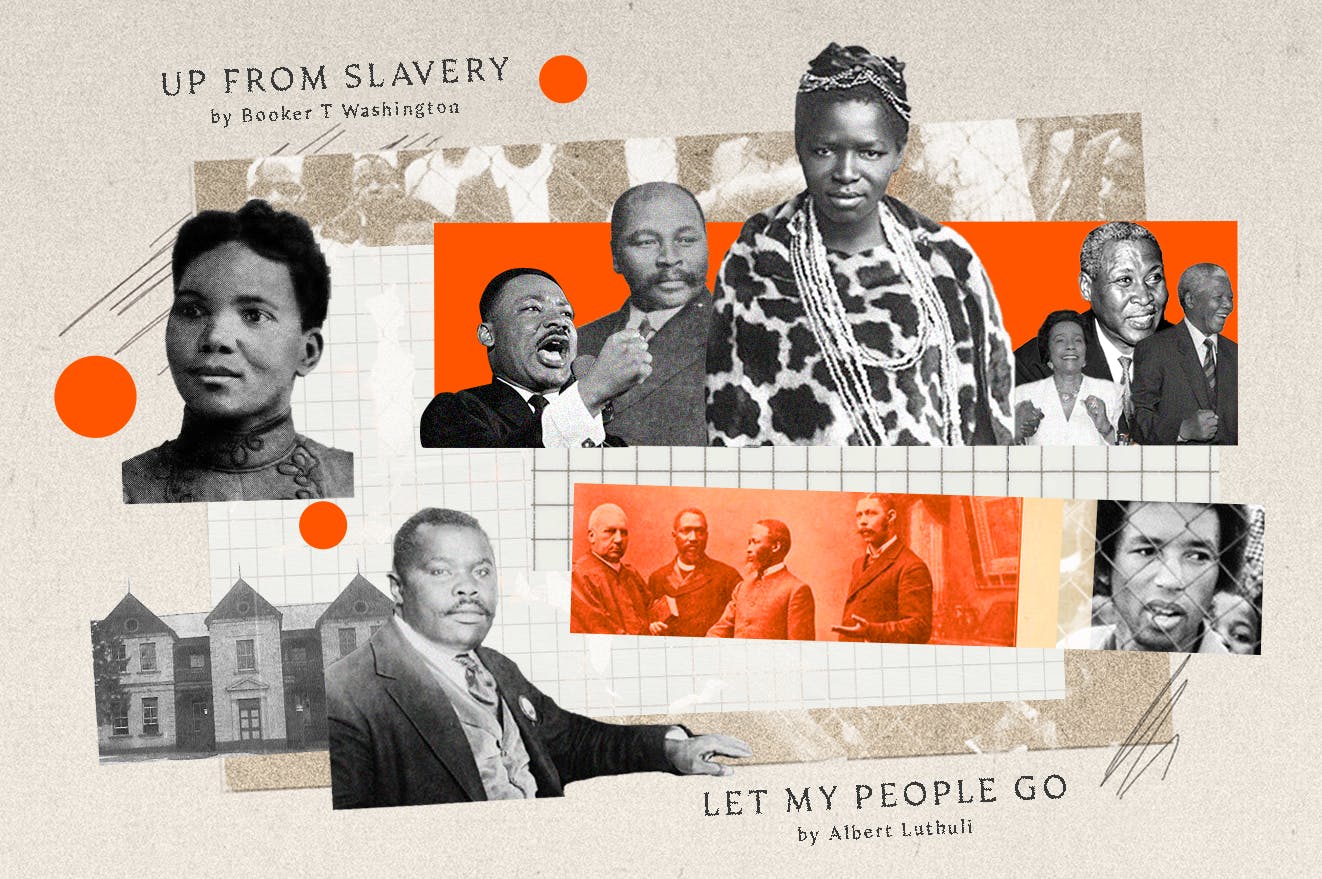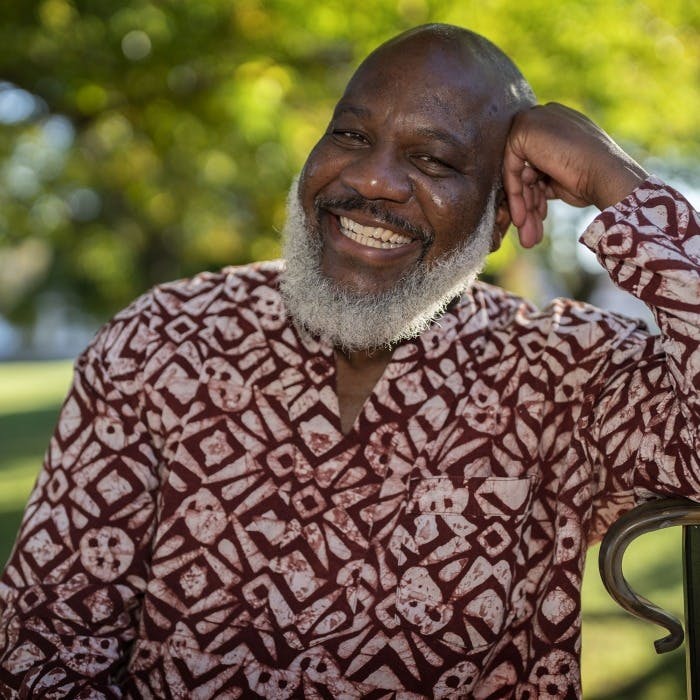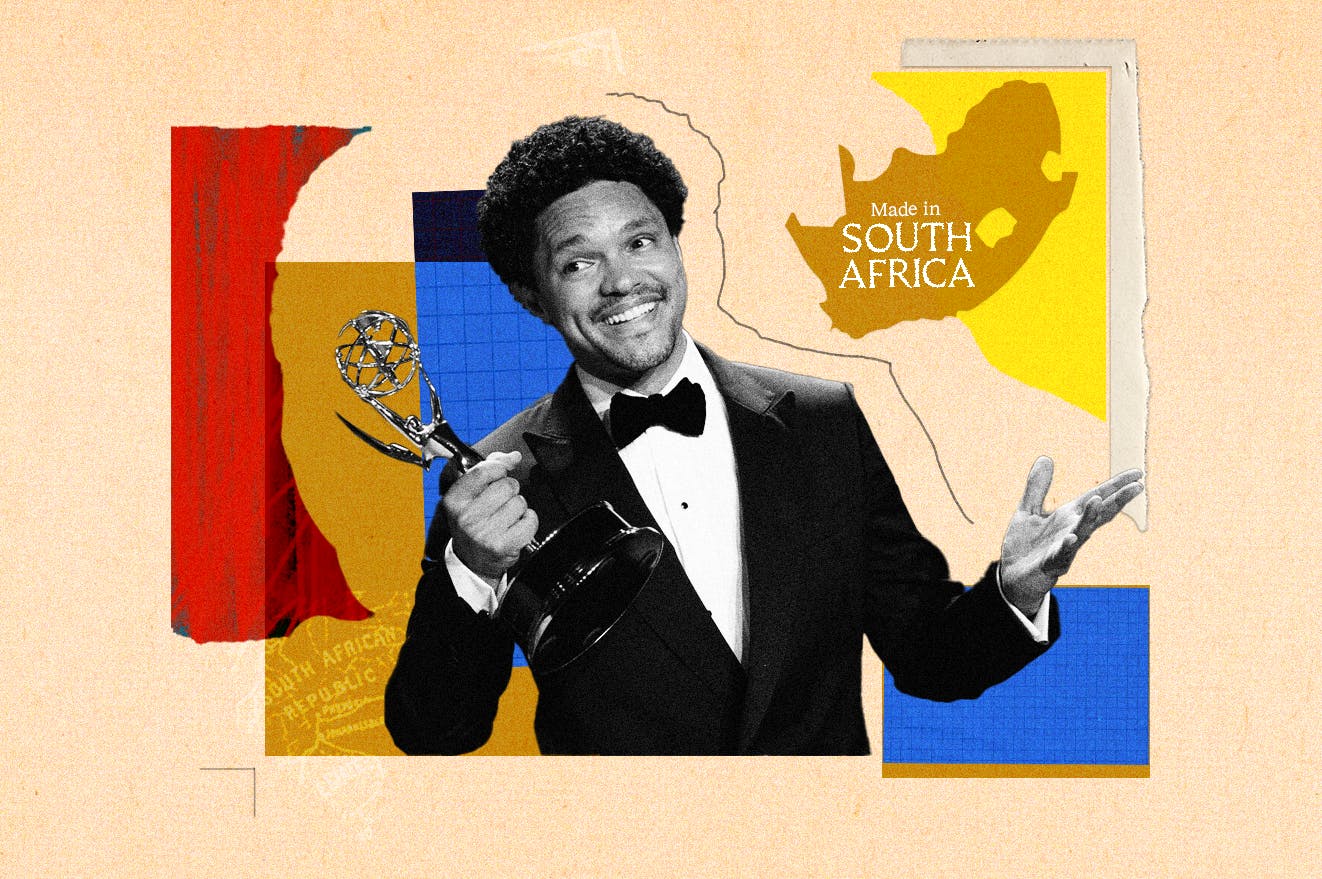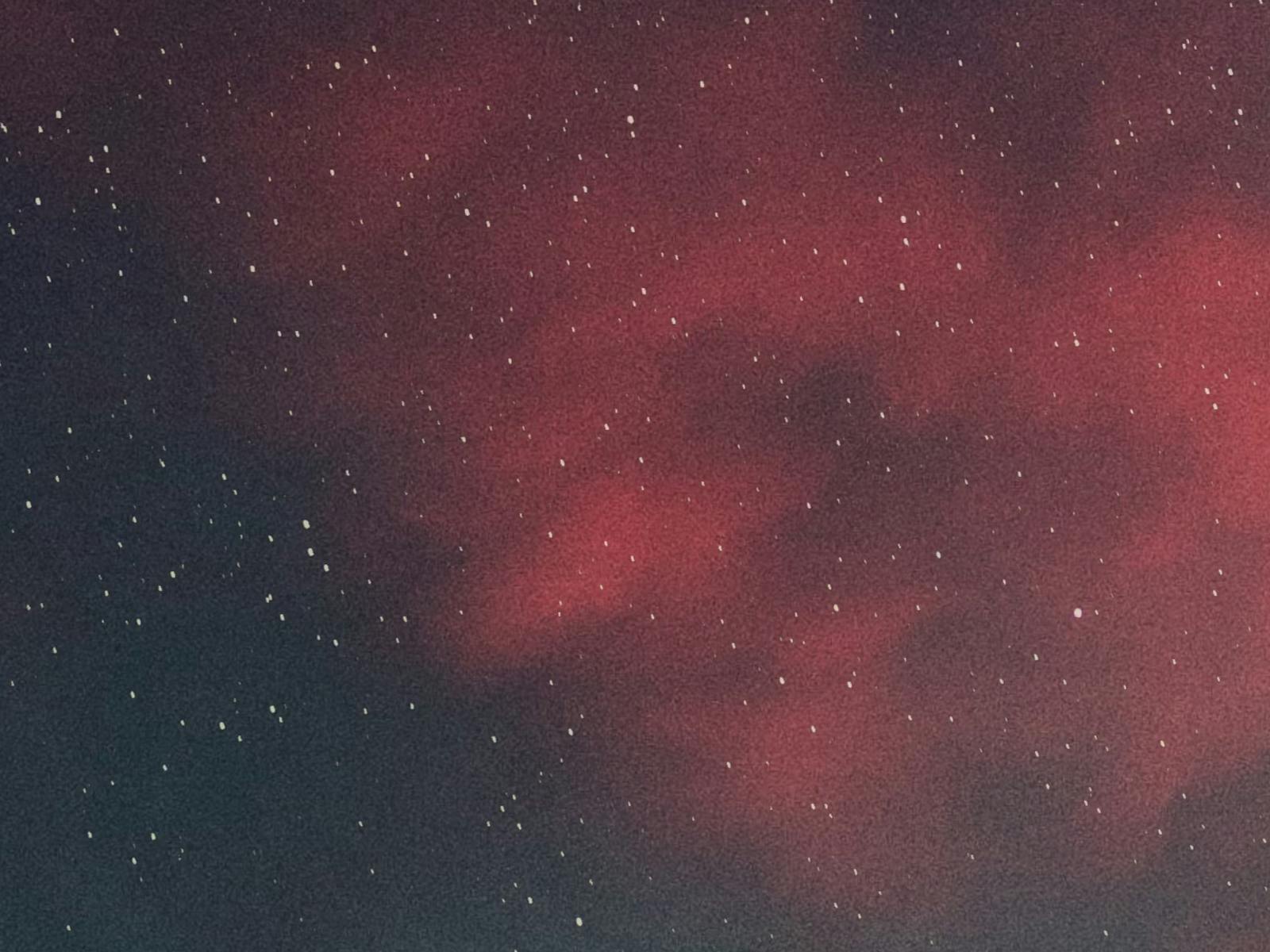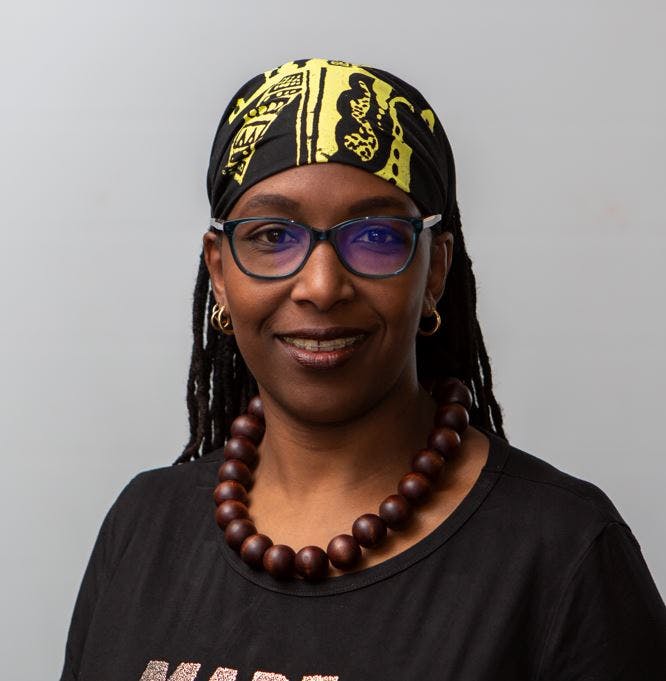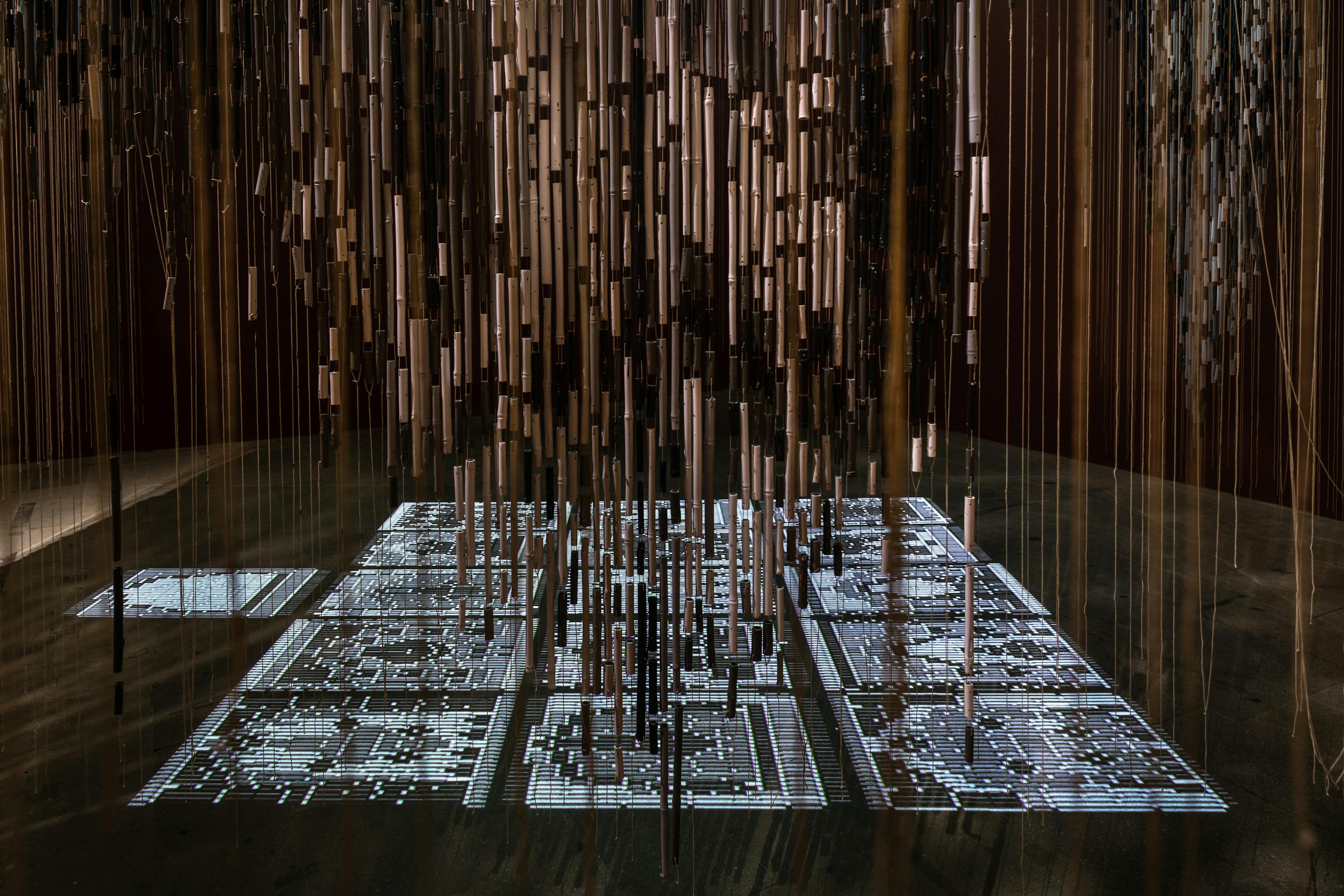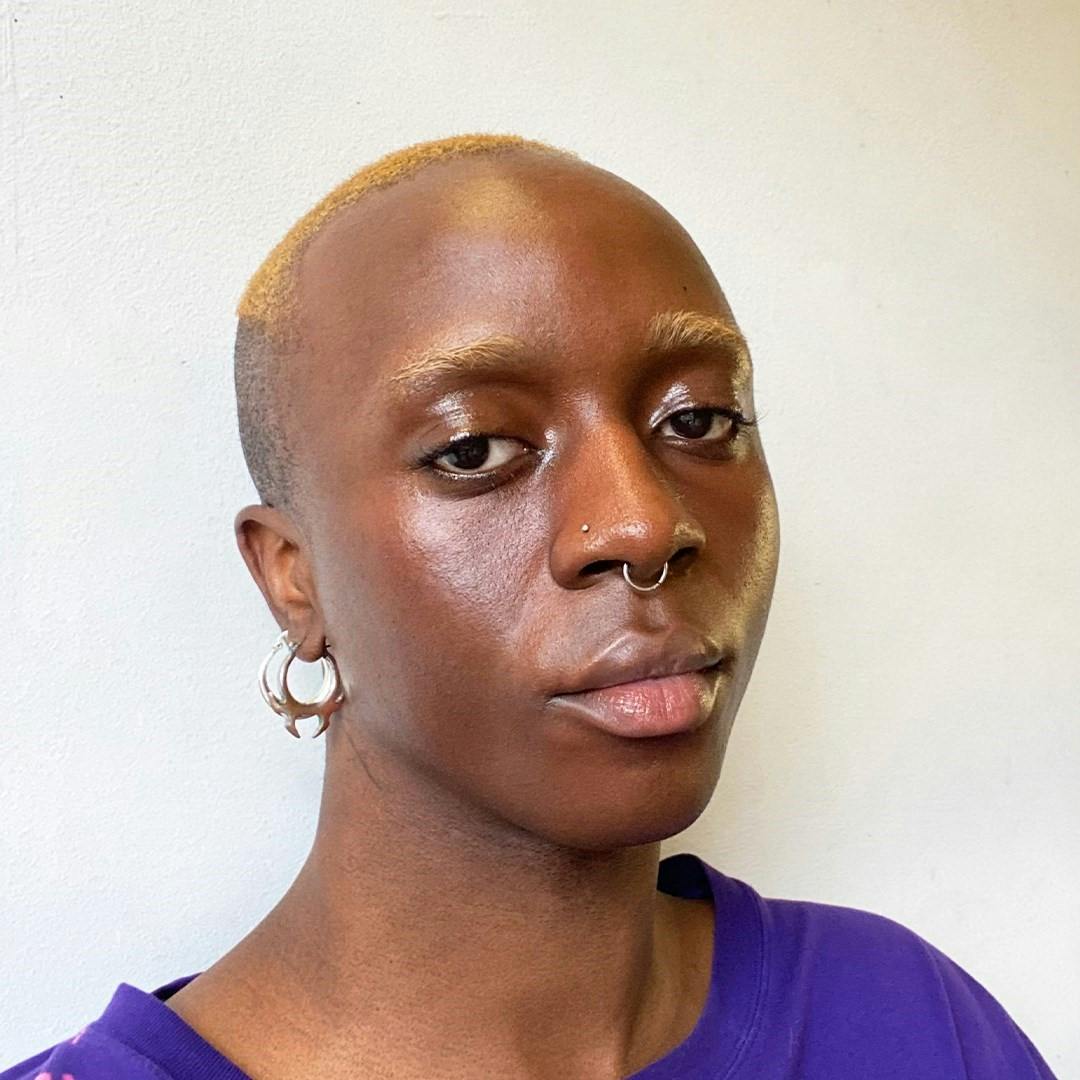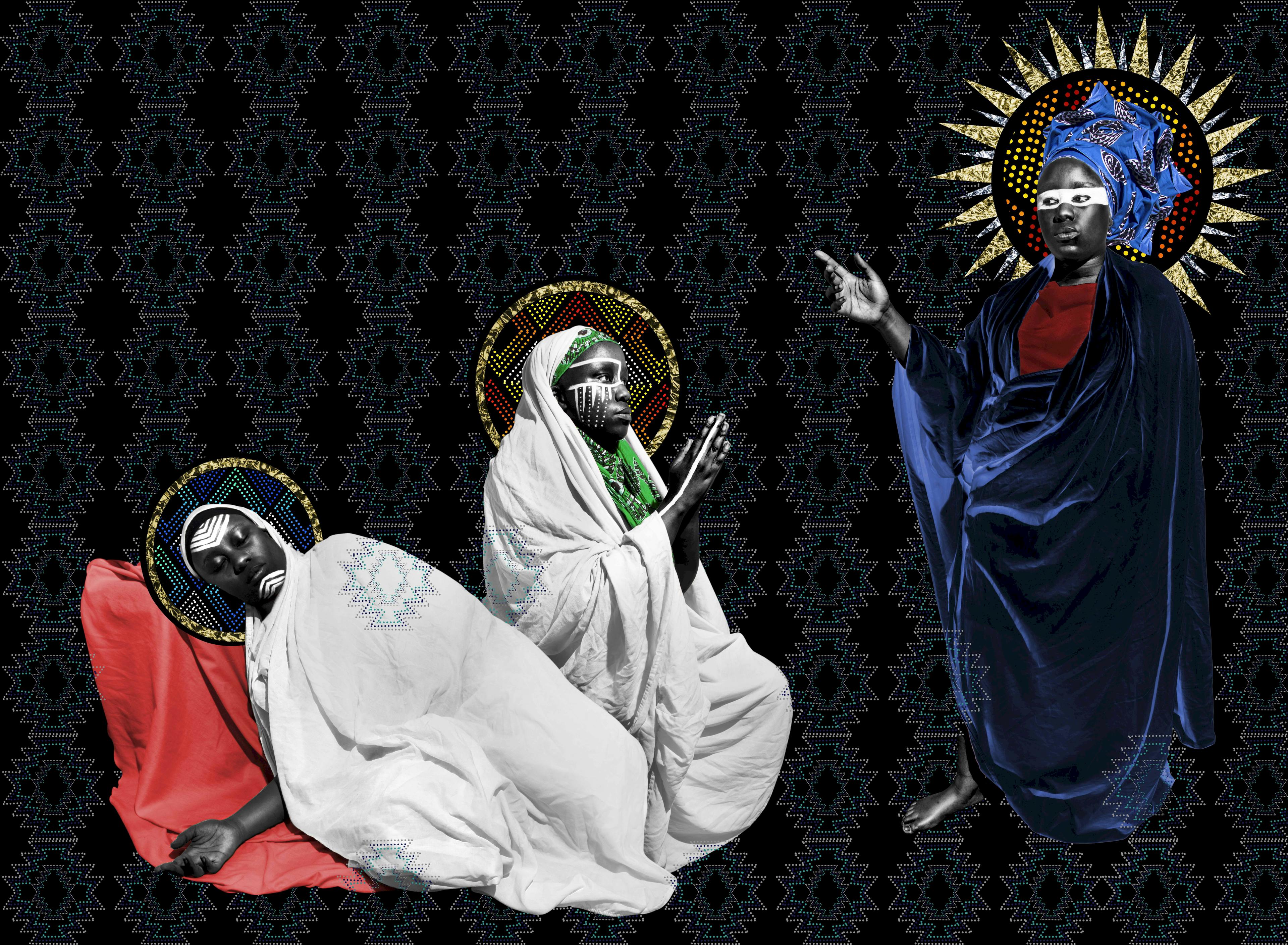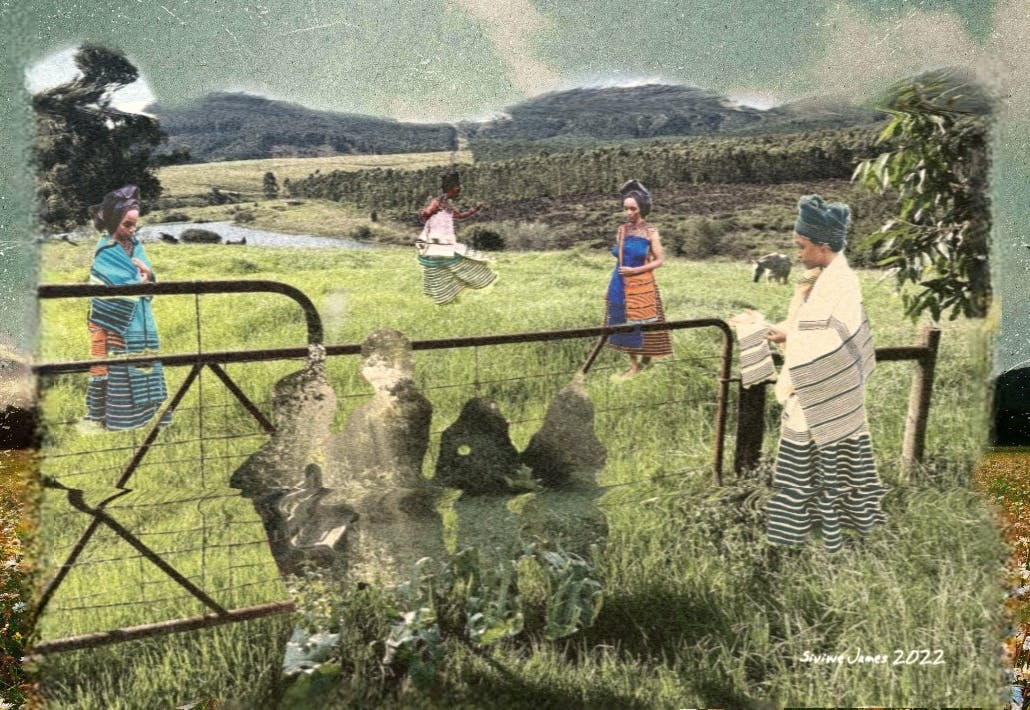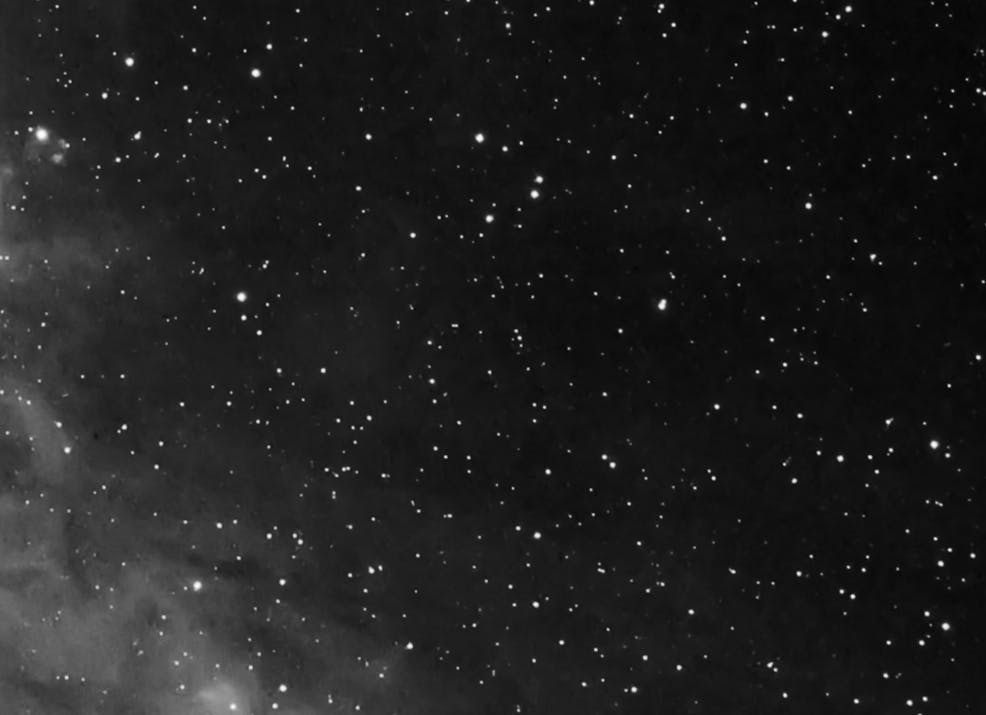Bridging Black Worlds: South Africa and the United States
This issue of Moya considers the long history of connections, exchanges, and solidarities between Black people in the United States and South Africa. Released on the eve of South Africa’s seventh democratic elections in a year that Americans also go to the polls, the issue asks: what is required to strengthen and sustain transnational solidarity across and between Black worlds? Why do we need this solidarity, and what forms will it take? The issue also explores how historical exchanges between Black people in the US and South Africa were valuable and complicated, and how they manifest now.
Read guest editor Sean Jacobs’ introduction to the issue.
Feature
South Africa and the United States have broadly similar histories of racial oppression. Recognising this, Black people in both countries have since the late 1800s forged ties, exchanges, and solidarities that ultimately contributed to greater Black self-determination. As South Africa marks 30 years of democracy, with struggles for racial justice and equality continuing in both countries, Robert Trent Vinson reflects on the shared struggle between the two contexts to solve the problem of the global colour line.
Feature
Amid the evolving political climate and cultural landscape in South Africa and the United States, Trevor Noah has proven adept at weaving his racial identity and outsider status into his personal brand and comedy to achieve mass appeal.
Race Beyond Borders
Nigel Richard, host of season 3 of Race Beyond Borders, talks with Black futurists Geci Karuri-Sebina and Rasheedah Phillips about the practice of futures thinking.
Art
By Tanzeem Razak and Nabeel Essa
The inversion of ground as ceiling was symbolic of the fact that though the buildings no longer exist, the ground remains potent with the performance of prayer and protest. Indeed, today, the erased site of a mosque that once stood in Malay Camp is still used for open prayer. This act of poetic protest served as catalyst to the installation, which ultimately sought to reclaim agency through memory.
Feature
The Polaroid Revolutionary Workers Movement emerged at the height of the civil rights movement in the United States to hold the company accountable for the use of its products by the apartheid state in South Africa. Deploying a range of tactics, including using the company’s progressive veneer and marketing slogans against it, the movement’s leaders showed the power of global Black solidarity, Drew Thompson writes.
Art
Zani Sizani's mixed media artworks speak to a longing for ancestral connection and a return to cultural practices needed for the spiritual enrichment of Black souls.


